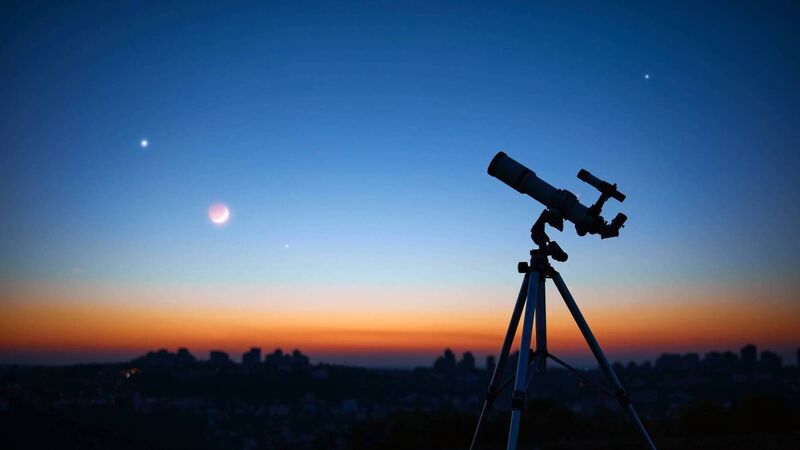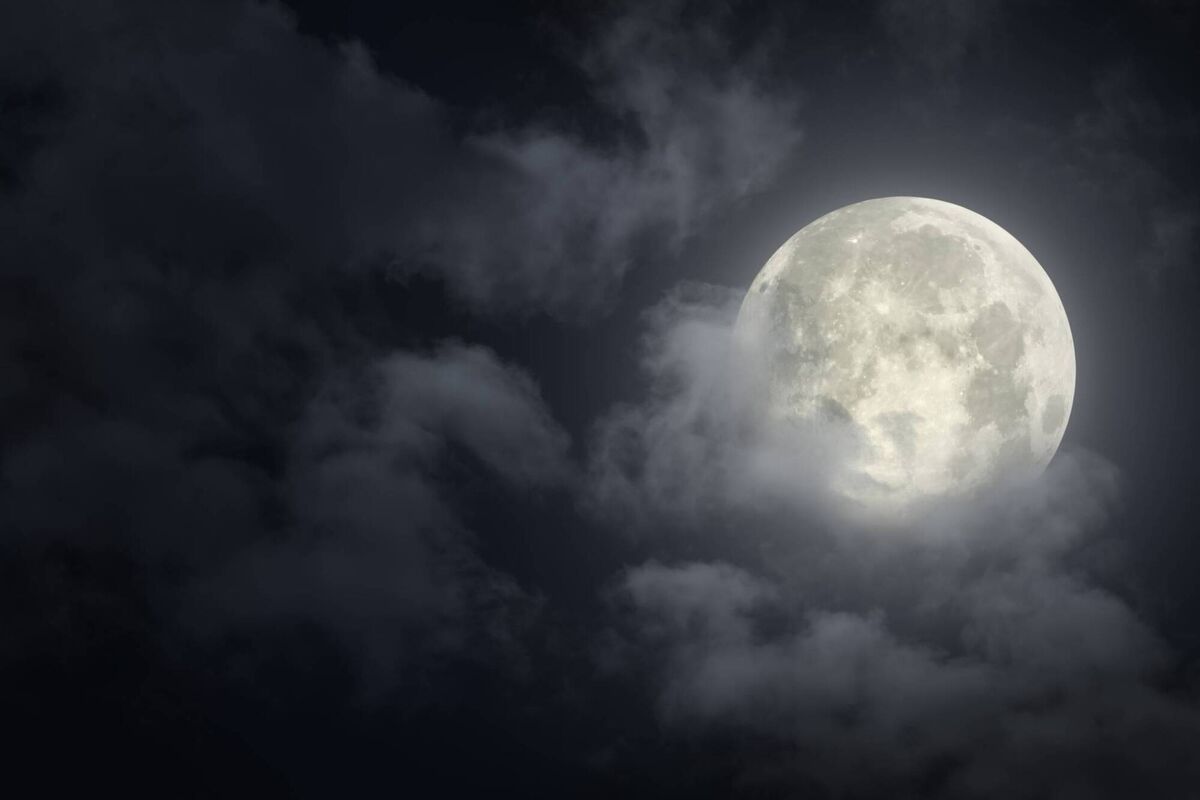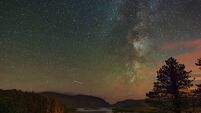Sky Matters: In June you'll be able to see Venus, Mars, Jupiter and Saturn lined up in the sky

In June it will be possible to see four of them all nicely lined up in the eastern sky – Venus, Mars, Jupiter and Saturn.
June is the month with the least amount of dark sky time in the Northern Hemisphere.
That makes it a relatively quiet month for night-time skywatchers, barring some unexpected exciting celestial event such as the appearance of a bright comet. Nevertheless, that shouldn’t deter any of us from taking advantage of the warmer conditions to do some casual observing.
For example, if you can identify the constellation of the Plough (which is visible on every night of the year from Ireland, not just in June) then you can use it as a pointer to the North Star.
The North Star itself is the 50th brightest star in the sky and may look pretty unremarkable to the unaided eye in terms of brightness, but it’s actually a triple star system, meaning three stars in orbit around each other. The brightest of these, Polaris A, is about 1,200 times brighter than our Sun, while the other two are quite similar in brightness to our Sun.
Without a good telescope, it’s not possible to distinguish all three stars in this triple system, and indeed the closer of the two stars to Polaris A can only be seen from space with the Hubble Space Telescope. Polaris A is also a variable star that has been observed to change in brightness by as much as 10%.
If our Sun were similarly variable it would have catastrophic implications for the Earth’s climate.
We could be periodically plunged into mini-ice-ages, only for them to be replaced by periods of extreme heat.
Luckily for us, the Sun has been fairly constant for hundreds of millions of years and will remain so for another couple of billion years.
That stability, and the fact that the Sun is a solitary star, may have played an important role in the evolution of life on Earth.
Triple-star systems like Polaris are not uncommon in the Universe, and double-star systems are very common – in fact most visible stars in the night sky are members of double-star systems!
How interesting it would be to see more than one Sun in the sky and to observe their complex dance about each other over the period of weeks, months and years.
Just as complex is the movement of the planets in our own Solar System. In June it will be possible to see four of them all nicely lined up in the eastern sky – Venus, Mars, Jupiter and Saturn.
The catch is you’ll need to be an early riser or a late reveller, as they will only be visible in this configuration around 4am. Venus (leftmost of the foursome as you look east) will be bright; Mars characteristically red; Jupiter and Saturn yellowish in hue.

This year there is a Super Moon on June 14.
It’s unlikely that you’ll notice any significant change in the size of the Moon, despite the title, but you might get a sense that the Super Moon is “brighter than usual”. This would be particularly evident for those living in rural areas.
A Super Moon occurs when the Moon is within 90% of its closest approach to the Earth whilst at the same time being a Full Moon.
The term was coined by astrologer Richard Nolle in 1979 and is of no particular scientific importance.
It happens simply because the Moon’s orbit around the Sun is slightly elliptical rather than circular.
June’s Super Moon will see our nearest cosmic neighbour at a distance of 357,658 km, compared to its average of 384,472 km.
It is the second of four Super Moons in 2022.
And of course, June is host to the longest day of the year which takes place at the Summer Solstice on 21 June.
The Sun will be higher in the northern hemisphere than at any other time of the year, a whopping 60 degrees above the horizon in Ireland. Thanks to the unpredictable Irish weather, whether we’ll get to see it is altogether a different matter!





